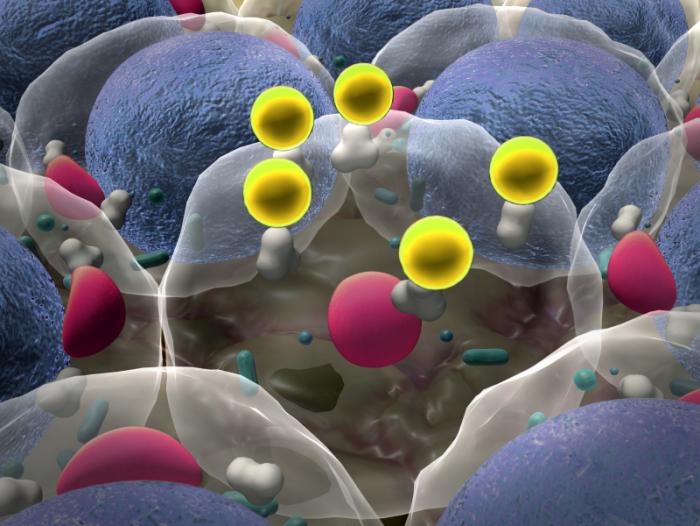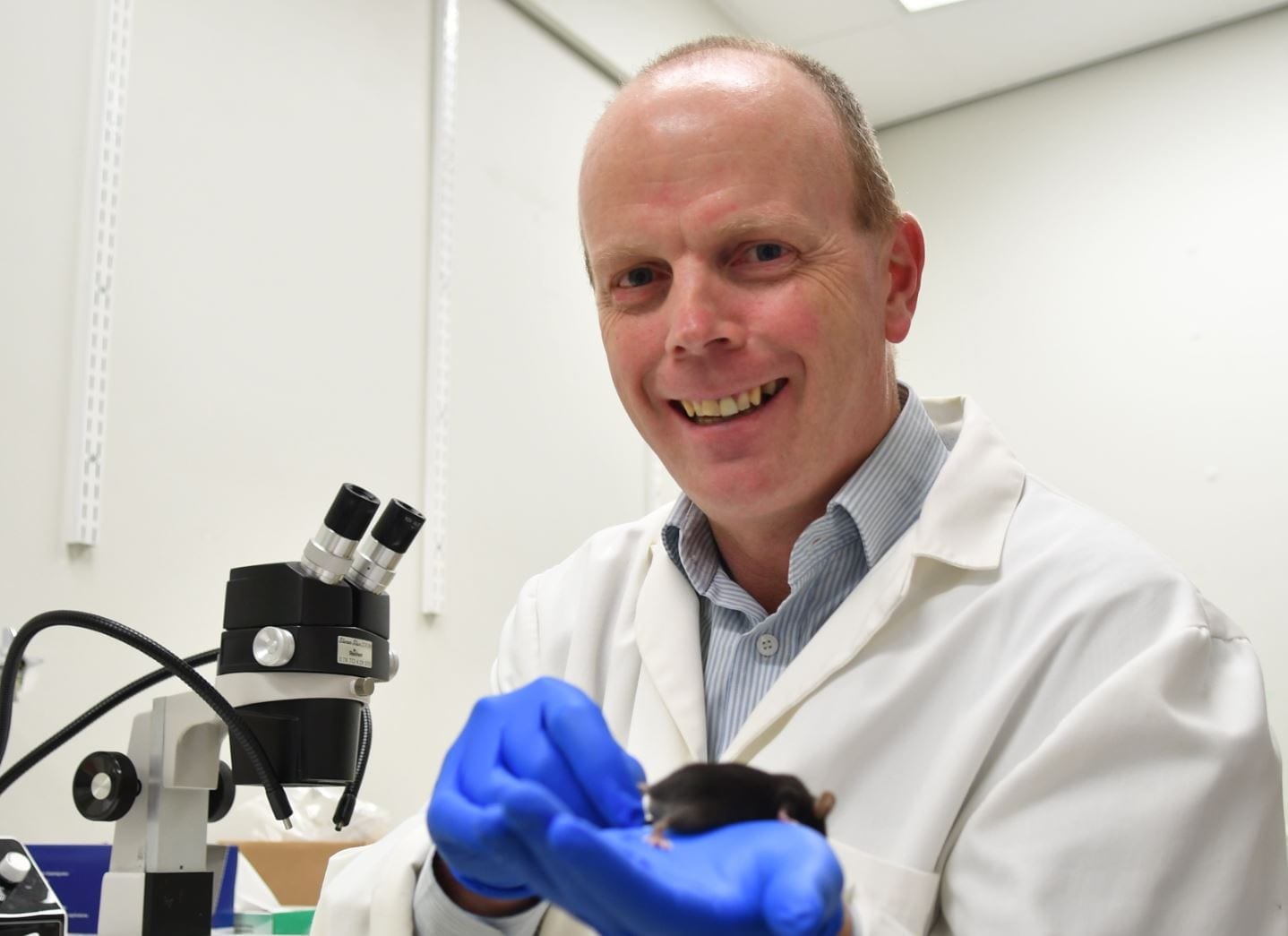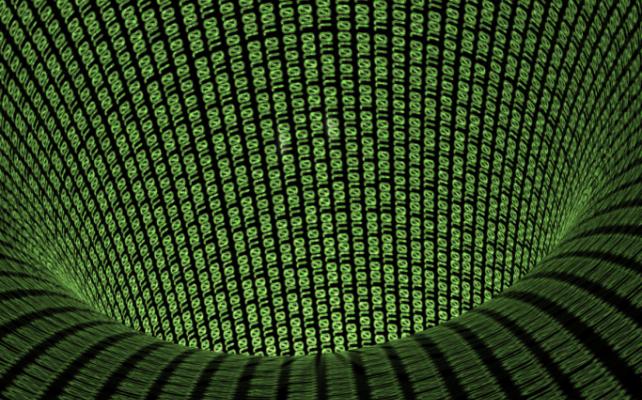
Researchers from the Salk Institute for Biological Studies in La Jolla, CA, report success for the first time in using gene-editing technology to prevent multiple human mitochondrial diseases from being passed from female mice to their offspring.
Mitochondria generate the majority of the energy used by cells, with each cell containing between 1,000 and 100,000 copies of mitochondrial DNA. Mitochondrial DNA is passed exclusively through maternal inheritance.
Mitochondrial diseases are inherited maternally and cause a variety of severe conditions that currently have no cure. In patients who have these diseases, mutated and normal mitochondrial DNA are typically mixed together in cells. If the patient has a high percentage of mitochondrial DNA, this can lead to organ failure and serious health problems including seizures, dementia,diabetes, heart failure, liver dysfunction, vision loss anddeafness.
Genetic screening of embryos can partially reduce the risk of mitochondrial diseases being transmitted from mother to child, but therapeutic options are limited.
Mitochondrial replacement therapy, a new technique in which healthy mitochondria are provided from a donor, is currently under evaluation in the US. However, this approach is controversial, and because it relies on combining the genetic material of three different people, there have been an assortment of ethical, safety and medical objections.
Editing technique ‘safer, simpler and more ethical’ than mitochondrial replacement therapy
The Salk Institute team trialled an alternative approach in a mouse model, which involves editing the mutated DNA using enzymes called restriction endonucleases and transcription activator-like effector nucleases (TALENs).
Because the approach tested by the Salk team does not require donor DNA, the researchers believe the gene-editing technique is safer, simpler and more ethical than mitochondrial replacement therapy. The enzymes are designed to find specific mutated DNA sequences and make a precise incision that destroys the mutated DNA, while leaving the normal mitochondrial DNA intact.
“This technique is based on a single injection of mRNA into a mother’s oocytes or early embryos and therefore could be easily implemented in IVF (in vitro fertilization) clinics throughout the world,” explains senior study author Juan Carlos Izpisua Belmonte, of the Salk Institute for Biological Studies.
“Since mutations in mitochondrial DNA have also been implicated in neurodegenerative disorders, cancer and aging, our technology could potentially have broad clinical implications for preventing the transmission of disease-causing mutations to future generations,” Belmonte says.
Read more: Breakthrough in ‘editing’ mitochondrial disease DNA
The Latest on: Gene therapy
[google_news title=”” keyword=”Gene therapy” num_posts=”10″ blurb_length=”0″ show_thumb=”left”]
via Google News
The Latest on: Gene therapy
- Electric pulses boost gene therapy uptake in liver cellson April 30, 2024 at 10:37 pm
In an effort to improve delivery of costly medical treatments, a team of researchers in electrical engineering at the University of Wisconsin–Madison has developed a stimulating method that could make ...
- Ocugen to Present Pioneering Gene Therapy Data at Retinal Innovation Summiton April 30, 2024 at 1:00 pm
MALVERN, PA — Ocugen, Inc. (NASDAQ: OCGN), a biopharmaceutical company, announced that Dr. Benjamin Bakall will present findings from the OCU400 Phase 1/2 clinical trials at the upcoming Retinal Cell ...
- Invest In A Revolutionary Gene Therapy With CRISPR Therapeuticson April 30, 2024 at 10:25 am
CRISPR Therapeutics' Casgevy could generate significant shareholder value if proven to be successful. Learn why I am highly bullish on CRSP stock.
- Nanoscope Therapeutics: Gene Therapy Improves Visual Acuity in Patients with Retinitis Pigmentosaon April 30, 2024 at 5:30 am
Gene therapy demonstrated clinically meaningful vision improvement in legally blind individuals. The therapy is capable of restoring vision even in advanced disease stages. The Latest A recent ...
- OSU researchers pioneer technique for delivering gene therapy to specific brain areason April 30, 2024 at 2:00 am
Researchers say the procedure holds promise for a host of genetic neurological disorders, including Parkinson's, Alzheimer's, multiple system atrophy (ASA) and more.
- What Lies Ahead? Shaping the Future of Cell and Gene Therapyon April 29, 2024 at 1:24 pm
Sponsored content brought to you by The launch of Revvity, Inc. in May 2023 signaled the rebranding of an 85-year-old company with a dedicated focus on the diagnostics and life sciences sector.
- Pfizer gene therapy made in NC gets FDA approval. It costs $3.5M per doseon April 29, 2024 at 7:53 am
Pfizer's huge facility in North Carolina produces its first FDA-approved gene therapy, which runs $3.5 million a dose.
- Can Brazil make cell and gene therapy costs affordable for all?on April 29, 2024 at 7:10 am
Found out how Brazil is attempting to make gene and cell therapy costs affordable for all with a new initiative.
- Ocugen Announces OCU400—Modifier Gene Therapy—Phase 1/2 Data Presentation at Retinal Cell and Gene Therapy Innovation Summit 2024on April 29, 2024 at 5:45 am
The OCU400 Phase 3 liMeliGhT clinical trial is currently underway and on track to meet the Company’s 2026 BLA and MAA approval targets. Between the U.S. and EU, nearly 300,000 people are affected by ...
- Walgreens’ Next Frontier: Complex Conditions & Cell And Gene Therapyon April 29, 2024 at 4:31 am
Walgreens, one of the largest retail pharmacy companies in the world, announced last week that it plans to launch a variety of new services as a part of its newly integrated specialty pharmacy ...
via Bing News










